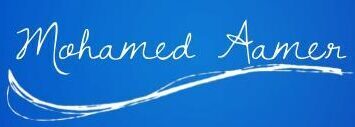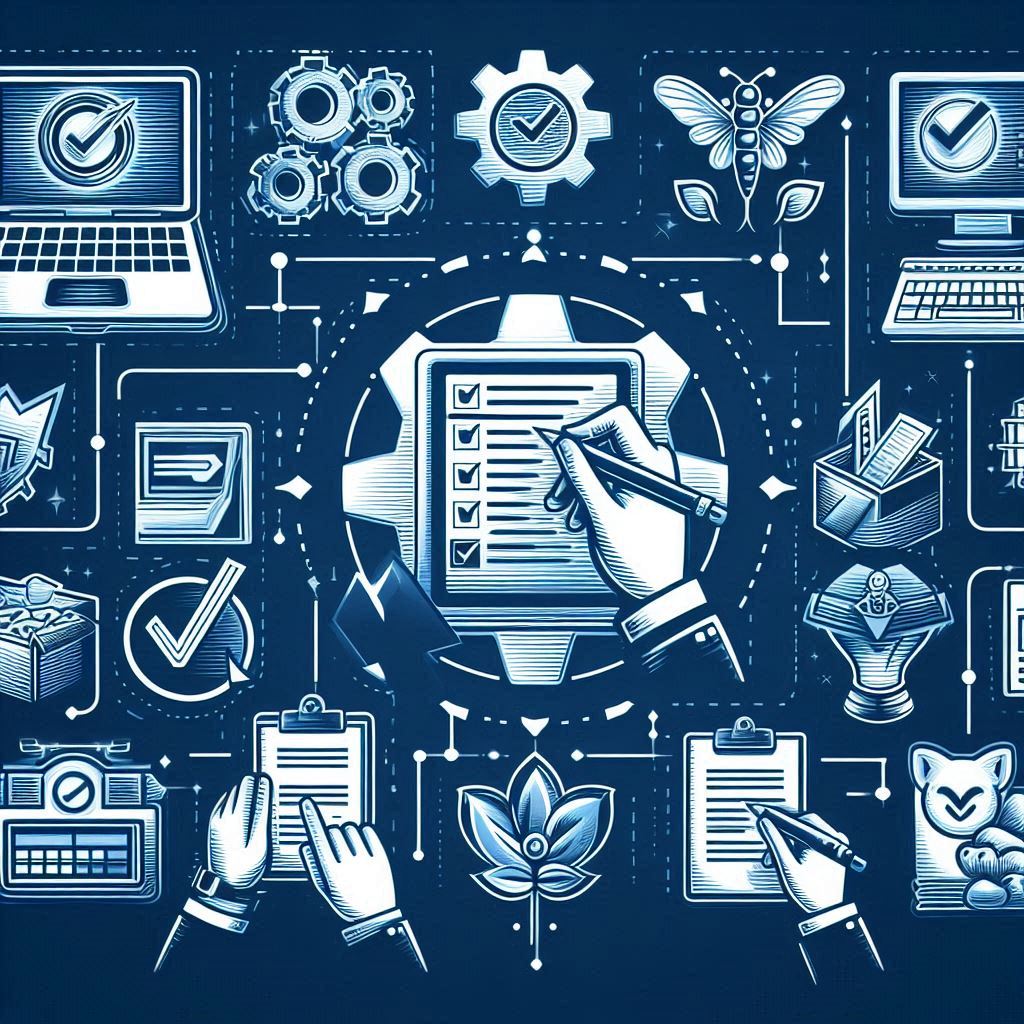I have posted a brief introduction to MS Dynamics RMS in 4th April 2010 Clikc Here
Today we will illustrate MS Dynamics RMS Components; let’s start
A) MS Dynamics RMS Headquarter level:-
The MS Dynamics RMS Headquarters level represents the Head office of an organization where all stores data are tied all together at the HQ, strategies, procedures, promotions, rules, policies are set, and following up daily operations
1) Component of MS Dynamics RMS HQ
I. MS Dynamics RMS Headquarters Administrator:- Used to create Headquarters database and bring all stores online. You can connect to the database Server, create databases, run database queries, upgrade the database, and back up data.
II. MS Dynamics RMS Headquarters Server (communication level):- Headquarters Server is installed on a machine at the head office and manages the exchange of data between the Headquarters database and remote stores. Could be installed on the same MS Dynamics HQ Server, or installed on communication server.
It listens for incoming messages from remote stores, processes and stores the data in the Headquarters database, and forwards Headquarters data to remote stores as directed by means of Headquarters worksheet.
III. MS Dynamics RMS Headquarters Manager:- Headquarters Manager controls and tracks inventory at every store in the enterprise. For centrally managed operations, use MS Dynamics RMS Headquarters Manager to manage a master inventory data (Master data/Static Data) for the enterprise and transfer that data to remote stores.
This allows all your stores to maintain consistent stock identification.
The following basic information is defined at Headquarters manager, it’s static data/master data:-
Items definitions (Coding, cost, prices, color, size …)
Items Departments, and Categories
Sales taxes
Suppliers information
Discounts, and promotions
Reason codes
Currencies conversions
Payment methods (Tender Types)
Using work sheets to download any changes applied in HQ to store
B) Store level:-
The store level is dived to two sub-levels the Back office (MS Dynamics RMS Store Operations Manager) and the other level is MS Dynamics RMS Point of Sale POS that depends on the store needs; it could be a one computer which will be used for the both tasks management (Store Operations Manager) and Point of Sale (POS), or multiple computers where one computer will be the main computer store back office and responsible for all management tasks and other machines are acting as Point of Sale called registers. The main computer store Database server back office and the registers are connected via store network.
i. Store Manager is the store’s back office where all actions related to the store is done.
Transfers between stores – Store/Warehouse
Physical Inventory (Inventory Count)
Manage Offline inventory
Reports related to the store
ii. Point of Sale POS is where all transactions and process related to customers take place.
Normal Sales
Return Process
Reservation Process
Setting customers
Setting Sales Representatives
Putting transactions on Hold
Tendering a transaction
Opening and closing batches
iii. MS Dynamics RMS Headquarters Client:- Headquarters Client enables stores to communicate with the head office database. Headquarters Client is installed at each store, where it can automatically initiate connections to the head office based on a schedule specified in Headquarters Manager.
Headquarters Client sends the information from the store’s Store Operations database via the Internet or virtual private network (VPN) to Headquarters Server, which then passes the information on to the Headquarters database.
MS Dynamics RMS communication
MS Dynamics Retail Management System Headquarter and Stores are communicated via Network connection which supported by Windows (Dial up, DSL) the communication level is consist of the Headquarters Server on the HQ level and the HQ Client at stores level.


